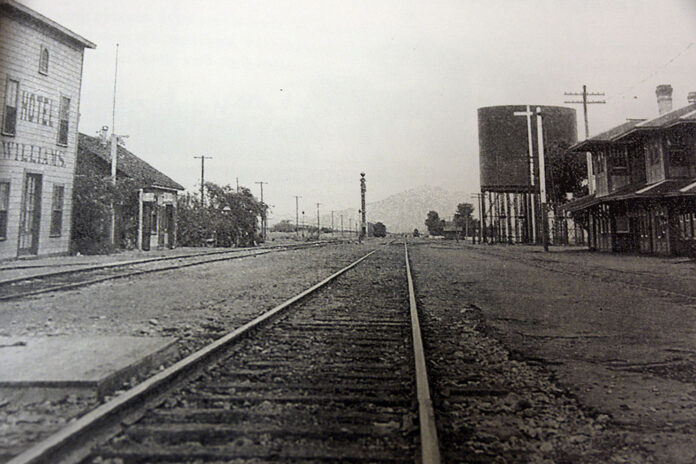
By Patricia Brock, Donald DeHart and Maricopa Historical Society
Just west of the railroad station were two very large water tanks that held over 1 million gallons of water. They were owned by the Southern Pacific Railraod and were used to supply water to the many steam engines pulling trains through Maricopa. The tanks also supplied all the water for the homes in Maricopa.
The engines burned oil, which heated the water to create steam. The oil supply was located at Tucson and Yuma. The trains had to take on water at several stations between the two places. Maricopa was one of the water stops.
The water was taken from one well by an electric pump. The pump was driven by a very large one-cylinder engine with a large flywheel (approximately 8 feet in diameter). It was painted bright red with various parts painted a bright green. Donald DeHart said it was a beautiful piece of machinery and kept spotlessly clean by the railroad employee in charge of it. This person was Charley Barker, and his title was “pumper.”
The pump did not need to run all the time. It was mainly operated from 6 p.m. until 6 a.m. daily so the citizens of Maricopa could have electric power for lights, radios, etc. This engine was the only source of electricity in Maricopa, and when Charley was late getting to work, it caused people to miss their radio programs. At those times, Charley was not very popular.
- The first water tank was a tower made of steel installed in the 1890s.
- The second tank was installed around 1950 and made of steel. (It collapsed in a storm around 1973.)
- Southern Pacific provided water to the school in 1935; it may have installed the wooden water tank next to schoolhouse. A small water tank stood at the southwest corner of the schoolyard.
- Railroad employees pumped water from the tank to fill engines for driving trains.
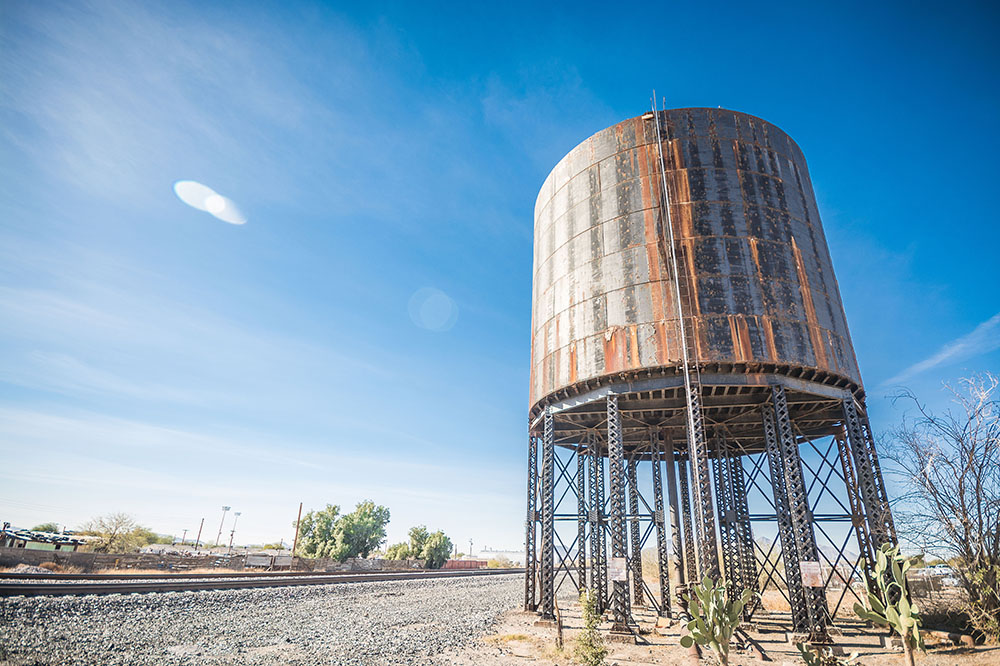
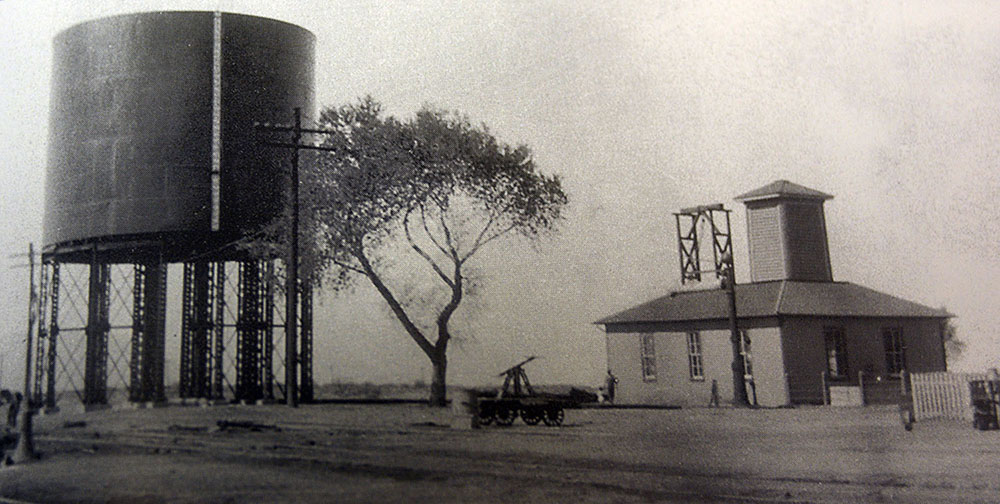
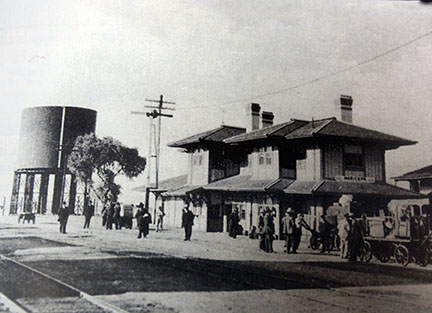
This story appears in the February issue of InMaricopa.

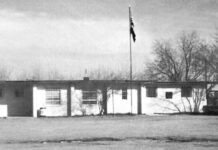
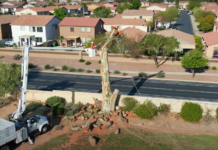
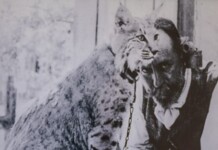
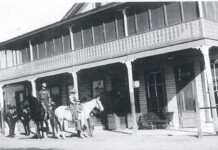
![HISTORY: Politics and prejudice First Lady Elanor Roosevelt visits the Gila River Camps. [Maricopa Historical Society]](https://www.inmaricopa.com/wp-content/uploads/2023/12/Eleanor_Roosevelt_at_Japanese_Interment_Center-1-218x150.gif)
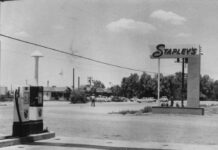
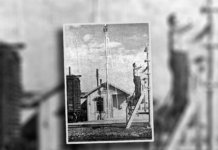





![Alleged car thief released without charges Phoenix police stop a stolen vehicle on April 20, 2024. [Facebook]](https://www.inmaricopa.com/wp-content/uploads/2024/04/IMG_5040-218x150.jpg)
![Maricopa’s ‘TikTok Rizz Party,’ explained One of several flyers for a "TikTok rizz party" is taped to a door in the Maricopa Business Center along Honeycutt Road on April 23, 2024. [Monica D. Spencer]](https://www.inmaricopa.com/wp-content/uploads/2024/04/spencer-042324-tiktok-rizz-party-flyer-web-100x70.jpg)


